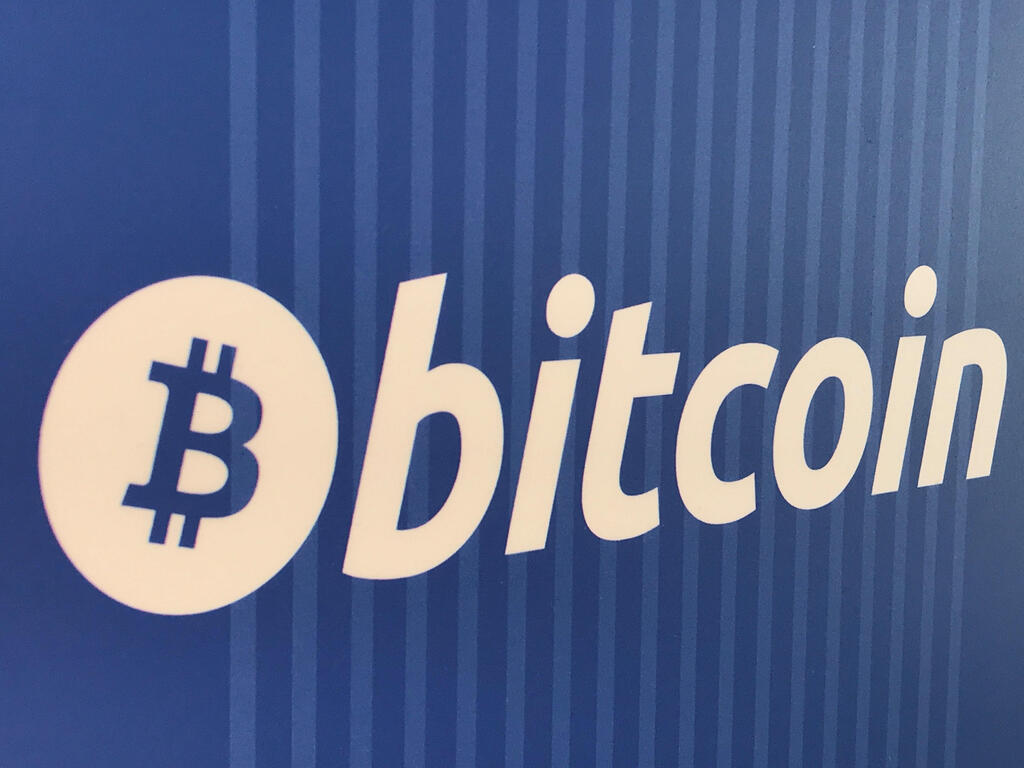Dubbed "the halvening," the Bitcoin halving event is akin to the Super Bowl for crypto enthusiasts, marking a pivotal moment in Bitcoin's lifecycle that occurs roughly every four years. This event saw the reward for mining a block of Bitcoin—previously at 6.25 BTC—slashed to just 3.125 BTC. The process, predictable and steady, happens every 210,000 blocks, having rolled around four times already since Bitcoin's inception in 2009.
The spectacle and buzz surrounding the halving stem from its implications for Bitcoin's scarcity. With the supply of new bitcoins halved, while demand potentially remains steady, many anticipate a surge in Bitcoin's market value. This potential for a price increase fuels widespread speculation and heated debates within the crypto community, turning each halving into a hotbed of prediction and analysis.
Michael Dubrovsky, co-founder of PoWx, a crypto research nonprofit, explains the dynamics at play: "The theory is that there will be less bitcoin available to buy if miners have less to sell," highlighting the direct impact of reduced block rewards on market availability.
Yet, the significance of the halving extends beyond immediate market fluctuations. The dwindling block rewards, set to eventually taper to zero, are integral to the security and operational integrity of the decentralized Bitcoin network. This gradual reduction could, over time, alter the economic incentives that currently underpin the network's security, posing long-term challenges that go far beyond speculative price movements. This aspect gives the halving event a deeper, more enduring relevance to the future of Bitcoin, making each occurrence a critical waypoint in the cryptocurrency's ongoing narrative.
What is this Bitcoin halving, anyway?
Every four years, the Bitcoin universe experiences its own version of "The Hunger Games," known as the halving. This event dramatically reduces the number of bitcoins awarded to miners, who use high-powered electronic gear to "mine" bitcoins by solving complex puzzles, verifying transactions, and securing them on the Bitcoin blockchain. Originally, miners were rewarded with 50 bitcoins every 10 minutes, a figure that has since been halved four times, now standing at 3.125 bitcoins.
The mastermind behind Bitcoin, Satoshi Nakamoto, programmed these halvings into the cryptocurrency's DNA to gradually introduce scarcity into the system. This deliberate design is a game-changer, ensuring that Bitcoin doesn't just become another digital footnote. By limiting the total bitcoins to 21 million, Nakamoto set Bitcoin on a path to potentially increase in value over time as the rewards for mining new blocks diminish and new bitcoins become rarer.
We're currently on a countdown to the next halving in 2024, leading to another round of reduced rewards for miners, who also collect transaction fees for their efforts. This cyclical event will continue until around 2140, when the minting of new bitcoins is expected to cease once the cap of 21 million bitcoins in circulation is reached. This cap is a critical aspect of Bitcoin’s economic model, ensuring that it could maintain or increase its value over time, much like a limited-edition series of vinyl records or first edition books.
Who chooses the distribution schedule?
Satoshi Nakamoto, the enigmatic creator or creators of Bitcoin, vanished from the public eye roughly two years after launching the groundbreaking cryptocurrency software. This leaves us only with their written words to decipher the reasoning behind their specific method for introducing new bitcoins into circulation. Opting to remain anonymous, Nakamoto might have been a single individual or a collective; hence, we'll refer to them as "they."
In the early days following the release of the Bitcoin white paper, Nakamoto contemplated in various correspondences how their chosen economic strategy—the rate at which miners earn block rewards—might either lead to inflation, where the cost of goods and services rises, or deflation, which enhances the buying power of the currency. These reflections provide a rare glimpse into their thought process.
Nakamoto did not extensively justify their selection of this particular distribution mechanism. In one of their sparse explanations, they noted, "Coins have to get initially distributed somehow, and a constant rate seems like the best formula." At that initial stage, it was uncertain how widely the new digital currency would be adopted, if at all. Thus, their concise rationale leaves much to the imagination about the potential impacts and expectations they harbored for Bitcoin's future.
Bitcoin stands in stark contrast to traditional state-issued currencies, where central banks like the U.S. Federal Reserve wield the power to manipulate money supply based on economic conditions. For example, in a faltering economy, the Fed might boost circulation by purchasing securities from banks, or conversely, contract the money supply by selling off assets.
In the world of Bitcoin, the scene is quite different. The total number of Bitcoin that can ever exist is capped at 21 million, a deliberate design to ensure scarcity and, by extension, value—quite unlike the potentially limitless issuance of dollars or euros. This cap is just part of what sets Bitcoin apart. Its entire monetary policy is hardcoded into a decentralized blockchain, immune to the whims of political processes and human institutions. Altering this policy isn't just difficult; it would require an unprecedented level of global consensus among Bitcoin users.
Moreover, the method of introducing new bitcoins into the system—through mining rewards that halve periodically—is also fixed by design. This predictable decrease in block rewards, which some refer to as Bitcoin's transparent monetary policy, contrasts sharply with the practices of modern financial systems. For instance, since the year 2000, the supply of U.S. dollars has roughly tripled, showing the elasticity of traditional monetary policies.
How does this "halving" affect the price?
The allure of a Bitcoin halving event often stems from the widespread belief that it might trigger a surge in Bitcoin's price. This hypothesis hinges on the idea that while Bitcoin's supply diminishes due to the halving, demand remains constant, potentially driving up prices. Yet, the actual outcome remains shrouded in uncertainty.
Historically, Bitcoin has undergone three halving events, each offering insights into how the market might react to this dramatic change in supply. The initial halving in 2012 was a real-time test of Satoshi Nakamoto's unique approach to controlling Bitcoin's supply. The community was uncertain about the potential impact of reduced mining rewards. Surprisingly, the price began its ascent shortly thereafter.
The excitement was palpable during the second halving on July 16, 2016. CoinDesk even hosted a live blog, and Blockchain.com initiated a countdown, underscoring the anticipation. Initially, Bitcoin’s price fell by 10%, only to rebound to its pre-halving level shortly afterwards. Over the following year, the market's delayed reaction saw Bitcoin’s price skyrocket by 284% to $2,506 by July 2017, and it closed the year near the $19,000 mark.
The 2020 halving followed a similar pattern. By May 11, a year after the halving, Bitcoin exhibited bullish behavior, with its price escalating over 559% from approximately $8,700 in 2020 to $56,000 in 2021.
Despite these patterns, it's crucial to note that past performance may not predict future results. The presence of just three data points following halvings doesn't establish a definitive cause-and-effect relationship but suggests a trend. Many in the financial analysis realm view halvings as typical "buy the rumor, sell the news" events, driven by heightened media coverage rather than genuine market dynamics.
Final points to consider
- The Fourth Bitcoin Halving has just taken place, halving the yearly inflation rate of Bitcoin and clearly exceeding gold in terms of how scarce new issuances are.
- Analysis over various Halving Epochs shows a decline in the growth rates of several network statistics, even as their absolute values surge to new all-time highs.
- Investors have seen increased profitability due to a climbing spot price and a significant breakthrough to new all-time highs, which has helped to soften the blow of a 50% decrease in miner revenues since the year began.
- 50% of the remaining supply (1.3125M BTC) will be mined between the fourth and fifth halving.





